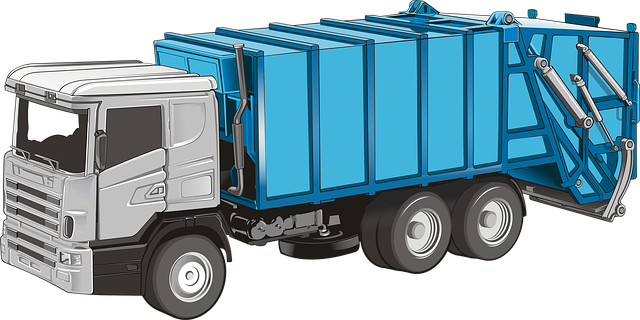The regulation of trucks has evolved significantly due to their increasing role in global commerce. Initially less regulated than passenger vehicles, stricter standards emerged in the mid-20th century focusing on safety, security, and environmental sustainability. Weight limits, loading restrictions, and route planning regulations were introduced to manage infrastructure and environmental impact. Modern enforcement leverages advanced technology like cameras and GPS tracking devices, enhancing road safety and reducing accidents involving commercial trucks.
“The evolution of truck regulation enforcements is a journey toward enhancing road safety. This article explores key historical milestones, from the early days of truck safety checks to the modern era’s advanced enforcement techniques. We delve into the ‘when’ and ‘how’ of these changes, highlighting critical periods that shaped current practices. Understanding this history provides valuable insights into the ongoing efforts to ensure safer highways for all vehicle types, particularly trucks.”
- Evolution of Truck Regulation Enforcements
- Historical Milestones in Truck Safety Checks
- Modern Era: Advanced Enforcement Techniques for Trucks
Evolution of Truck Regulation Enforcements

The evolution of truck regulation enforcement has been a gradual process, shaped by the growing importance of trucking in global commerce. Historically, trucks were less regulated compared to passenger vehicles due to their distinct operational characteristics and unique contributions to the economy. However, as truck traffic intensified on roads, especially with the rise of long-haul transportation and logistics networks, the need for structured regulations became increasingly evident.
This shift gained momentum in the mid-20th century when governments began recognizing the imperative to ensure safety, security, and environmental sustainability in trucking. Regulatory bodies started implementing stricter standards for truck design, driver qualifications, fuel efficiency, and emissions control. The introduction of weight limits, loading restrictions, and route planning regulations was a significant step towards managing the impact of trucks on infrastructure and the environment. Over time, these measures have been refined and expanded to cover various aspects of truck operations, fostering a safer and more sustainable trucking industry.
Historical Milestones in Truck Safety Checks

The history of truck safety checks is a tapestry woven with pivotal milestones that have collectively revolutionized road travel. In the early 20th century, as trucks emerged as a dominant force in transportation, the focus on safety was nascent. The first significant step towards regulation came in the 1930s when governments started imposing basic standards for vehicle maintenance and driver licensing. These early measures, though rudimentary, laid the foundation for more stringent enforcement.
The mid-20th century witnessed a surge in interstate commerce, leading to increased scrutiny of truck safety. This period saw the introduction of regularized inspection programs targeting critical components like brakes, tires, and lighting systems. The Federal Motor Carrier Safety Administration (FMCSA) was established in the 1970s, marking a game-changer in enforcement. Since then, technology has played a pivotal role, with innovations like GPS tracking and advanced diagnostic tools enhancing safety checks, ensuring that trucks on the road meet stringent safety standards.
Modern Era: Advanced Enforcement Techniques for Trucks

In the modern era, enforcement of traffic regulations has evolved significantly, particularly for commercial trucks. Advanced enforcement techniques have been adopted to tackle the unique challenges posed by heavy vehicles on our roads. With an increase in truck traffic due to globalized trade and logistics, ensuring safety and compliance has become a top priority.
Enforcement agencies now employ cutting-edge technology, such as advanced camera systems and GPS tracking devices, to monitor and catch violations in real time. These tools allow for precise identification of infractions like speeding, unsafe lane changes, and hours-of-service violations. Such innovations have enhanced the effectiveness of road safety measures, leading to better compliance among truck drivers and ultimately reducing accidents involving commercial vehicles.
Over time, truck regulation enforcement has evolved significantly, driven by a constant need to enhance safety on our roads. From historical milestones in safety checks to modern techniques leveraging advanced technology, the journey reflects a commitment to ensuring safer trucking practices. As we look towards the future, these developments serve as pivotal steps in maintaining and improving the efficiency and security of truck transportation, ultimately benefitting both drivers and the public.
